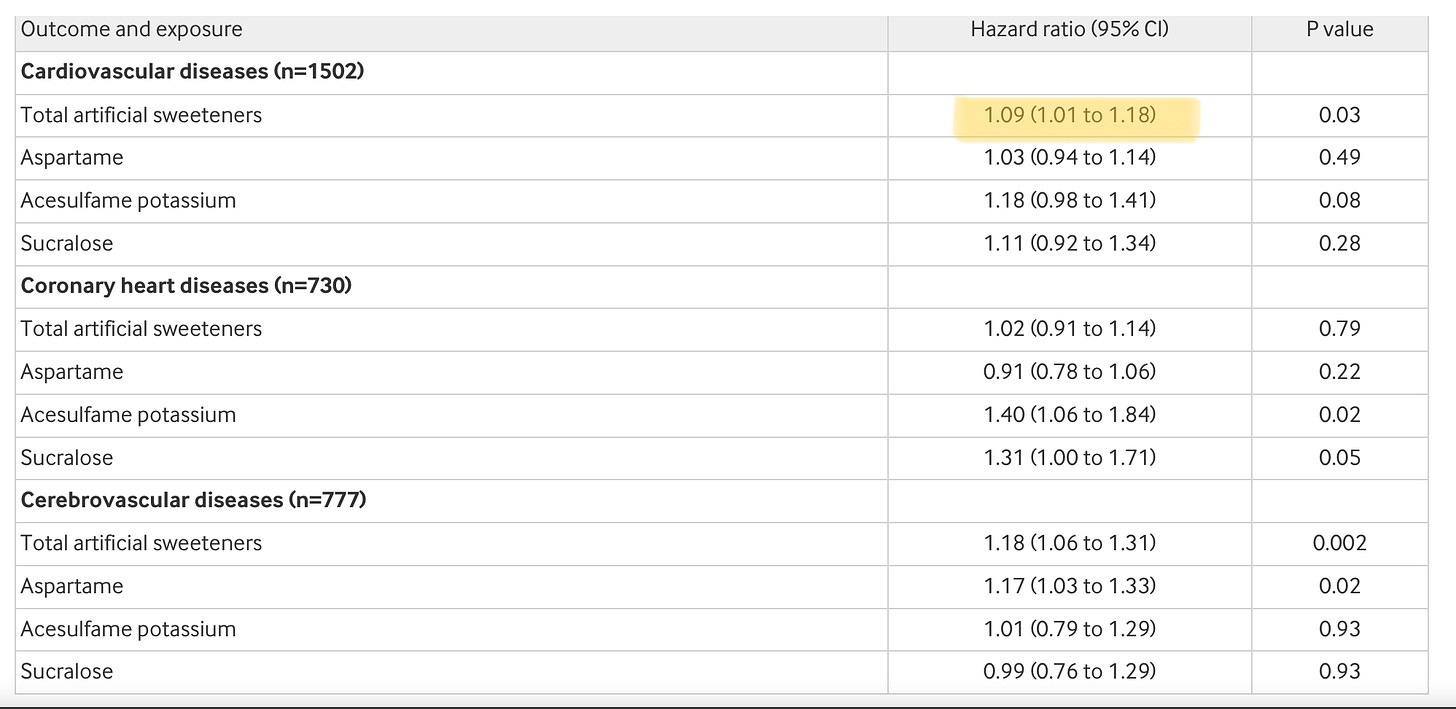Senate Democrats plan to pass the Disclose Act, a bill they claim would force “dark money” groups into the light. Never mind the darkness that envelops their own epic voter-registration scam.
A New York Times article this week confirmed a political reality that Republicans have been slow to publicize: Democrats are openly abusing charities to stack voter rolls in their favor. The Times story was ostensibly about “voter registration” groups worried that donors weren’t giving enough to “democracy-related” programs this midterm cycle. Read closely and you notice the story is entirely about Democrats, confirming a longstanding scheme by which foundations and private donors funnel tax-exempt dollars into “charities” that microtarget and register Democratic voters.
Among those quoted was Nsé Ufot, head of the New Georgia Project, which the Times credits with helping “turn Georgia into a blue state” by “registering tens of thousands of voters of color.” Ms. Ufot bemoaned “an overall dip in fundraising” from the likes of George Soros’s Open Society Foundations and the Democracy Fund: “Folks who think Georgia is competitive do not understand what made Georgia competitive.”
The Ufot comments are stunning, given the New Georgia Project is a organized as a charity, donations to which are tax-exempt under Section 501(c)(3) of the tax code. Such groups, as the Internal Revenue Service notes, are prohibited from engaging in “voter education or registration activities with evidence of bias that (a) would favor one candidate over another; (b) oppose a candidate in some manner; or (c) have the effect of favoring a candidate or group of candidates.” Yet here is Ms. Ufot openly fretting that without more Democracy Fund cash, she won’t be able to elect more Democrats.
The left has been growing this “philanthropy” racket for decades, and as a seven-page internal 2019 memo, leaked in 2020, reveals, it is now a giant operation. The memo was from Mind the Gap, a liberal super PAC that pushes donors to give to Democratic campaigns and nonprofits. It explained that in 2020 “the single most effective tactic for ensuring Democratic victories” would be “501(c)(3) voter registration focused on underrepresented groups in the electorate.”
Mind the Gap was brazen about its partisanship: “Provided that such efforts are well-designed and executed, on a pre-tax basis they are 2 to 5 times more cost-effective at netting additional Democratic votes” than advertising. Even better, because these groups are “tax deductible, on an after-tax basis such programs are closer to 4 to 10 times more cost-effective than the next best alternative.” The group said that 90% of the donations it was recommending for voter-registration and get-out-the-vote groups would go to 501(c)(3) nonprofits.
Don’t think these are innocent charities getting “used” by cagey Democratic operatives. Among the groups the memo recommends is the Voter Participation Center, which says it’s creating “a new American majority” by targeting “young people, people of color, and unmarried women” for registration. In 2018, the most recent year for which IRS records are available, it spent 64% of its vendor money on two groups that specialize in microtargeting reliable Democratic votes: Pivot Group ($10.5 million), which says it is “committed to electing Democrats up and down the ballot,” and Mission Control ($3.9 million), which calls itself “the most successful direct mail firm working in Democratic politics today.”
This would be the equivalent of Republicans using “charities” to microtarget and register only blue-collar gun owners, white evangelicals, and adamant pro-lifers. Totally nonpartisan, right? Only it’s hard to find a conservative foundation engaged in such activity, given a fear of IRS consequences. Democrats, by contrast, are so confident the IRS won’t question their “democracy” projects that they are pouring ever more money into this political operation and talking about the game openly.
As liberal writer Sasha Issenberg made clear in a 2012 book, “The Victory Lab,” liberal foundations and charities have been engaged in this scam for ages, describing the Carnegie Foundation’s registration drives even back then as “a backdoor approach to ginning up Democratic votes outside the campaign finance laws.” It’s a particular win for liberal foundations like Mr. Soros’s, which can fully write off partisan vote-getting as “charitable” activity. And luckily for Democrats, charitable nonprofits don’t have to disclose their donors, and the Disclose Act—surprise!—wouldn’t change that.
America’s charitable giving laws have been an enormous force for good, but Democrats are cynically abusing the system for partisan gain. If Congress wants to keep dollars and politicking in the political sphere—and under the remit of the Federal Election Commission—it needs to change tax law to prohibit “charities” outright from taking part in voter-registration or get-out-the-vote drives. The problem isn’t “dark money”—it’s the sham “philanthropy” voter-registration racket, taking place in broad daylight.
